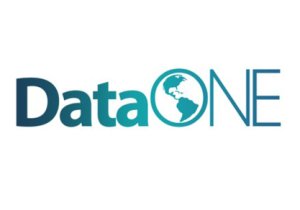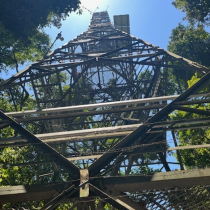NEON partners with DataONE to enhance data discoverability
July 13, 2016
The National Ecological Observatory Network (NEON), operated by Battelle, has joined the Data Observation Network for Earth (DataONE) Federation, becoming DataONE’s 34th Member Node. DataONE, another NSF-sponsored program, enables universal access to data and also aids researchers by providing data management support, as well as secure and permanent access to their data.
As a DataONE Member Node, NEON now contributes information about its data holdings to the DataONE network. As a result, the data on NEON’s data portal are also discoverable via DataONE Search. This provides more exposure for the research community to NEON data than a single portal can provide. DataONE’s network of Member Nodes supports discovery and access to an extensive, broad and diverse range of ecological data sets from around the globe.
For example, a query for the phrase, ‘plant phenology’ on the DataONE Search portal returns 211 dataset descriptions, 19 of which are currently provided by NEON and the rest provided by seven other major data providers.
Clicking on a NEON data record will open a page with more information about the dataset of interest and a link to the data portal where users can download the data.
NEON’s connectivity with DataONE will automatically reflect the ongoing growth in available NEON data product offerings. In the future, expect to see more dataset records (including NEON’s airborne data) and more detailed metadata to appear on DataONE member node portals.
You may have also noticed that the NEON Data Portal now offers metadata downloads in the Ecological Metadata Format (EML) – an XML standard specifically designed for richly documenting complex ecological datasets. This standard has been adopted by numerous other networks and research organizations, and is one of the most common standards used by DataONE data providers – approximately 84,000 of 227,000 (37%) of DataONE Search’s metadata files are provided as EML files. The standard contents and structure of EML files means that metadata can be programmatically parsed and easily compared across numerous datasets. Learn more about EML at NEON and KNB.
More about DataONE
In addition to providing data discovery, management, and storage support, DataONE also offers the scientific community a suite of tools and training materials that cover all aspects of the data life-cycle; from data collection to management, analysis and publication. Learn more about about DataONE and its Member Nodes.


